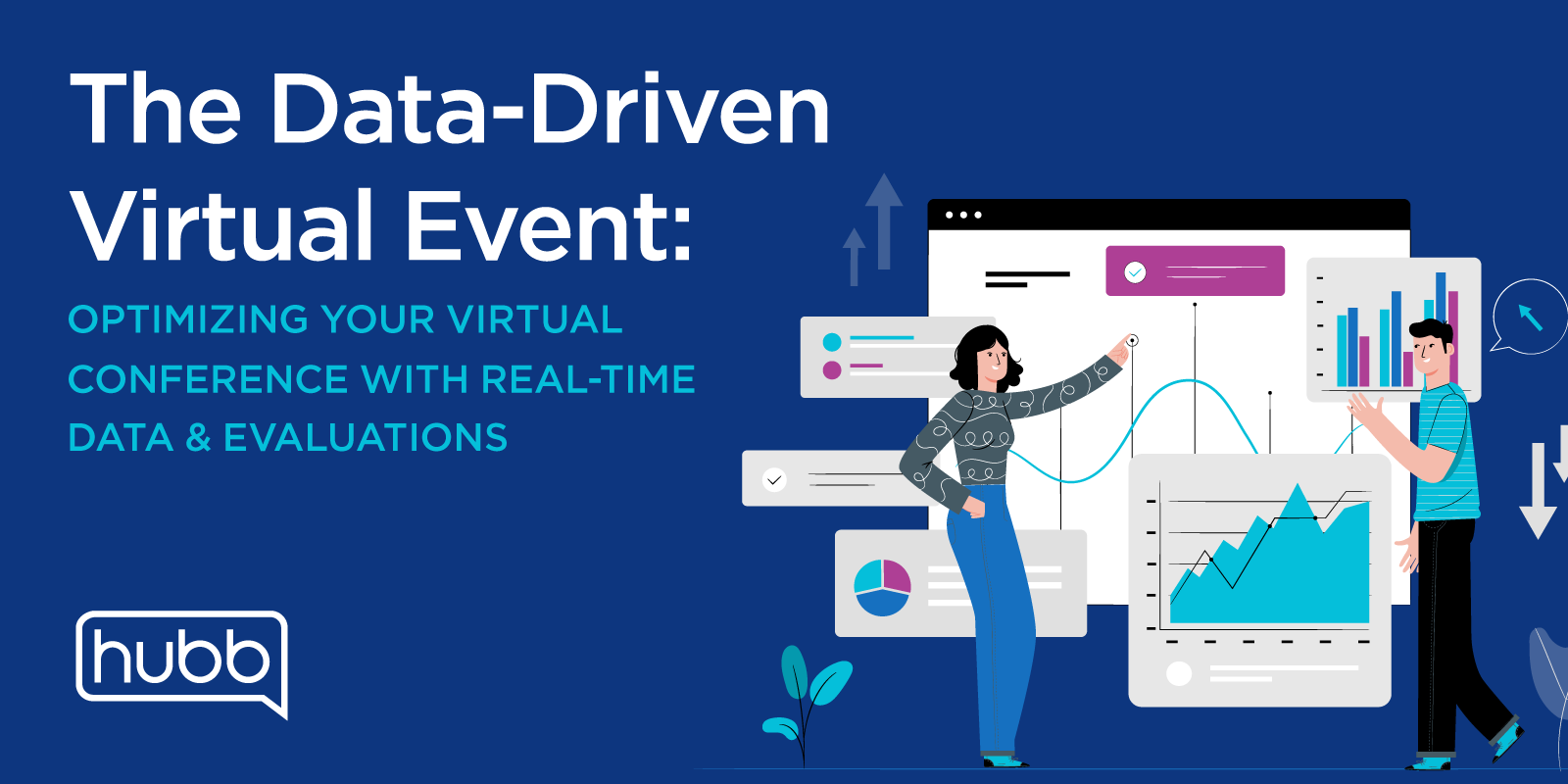We all know now that virtual events are full of data, the likes of which we’ve never seen before. Session evaluations can be done with the click of the button, and event planners have access to a plethora of back end user tracking like session visits, time spent in session, the list goes on. Now that we, event planners, have access to this ocean of data, we would be remiss not to use it to give our attendees the best experience possible. This guide to a data-driven virtual event will show you how.
Like all things in events, using data to drive your virtual event starts in the planning phase. Think about your goals and determine the metrics that will show you whether you succeeded in achieving those goals. Once you have that figured out, you can identify the data sources that will provide the info you need. Luckily for you, our guide has a checklist of attendee touchpoints where you can gather that data. If you’re already starting to create a red stringed, detective-on-the-case tack board in your head, then your on the right track. In order to use data to drive your event, it’s essential to have a plan in place before your event goes live.
But what about actually gathering that data? What questions should you ask your attendees? What should you ask right after a session versus after the virtual event. Well, our guide has a list of useful questions that you can steal for your own virtual event evaluations. But we don’t stop there, sharing best practices for collecting event data so you can more easily analyze it and use it to inform real-time actions.
Speaking of which, crunching those numbers at events has never been easier with the use of virtual event platforms. This means that you can spot positive and negative trends during the event and take action. See a session that had huge session visit numbers, raving speaker evaluations, but chat responses that showed people were frustrated because the session was full and they couldn’t get it? Well you can take action and repeat that session the following day inviting everyone that missed out. This shows your attendees that you are listening and taking action to improve their experience.
Our guide to a Data-Driven Virtual Event will show you how to do all of these things and more. So go ahead and click that button below to get your own copy. Before you know it, you’ll be able to optimize your virtual event using data, and show your audience that their voice is valued and heard. The result, an engaging memorable, and inspiring event.
Click here to see original post



